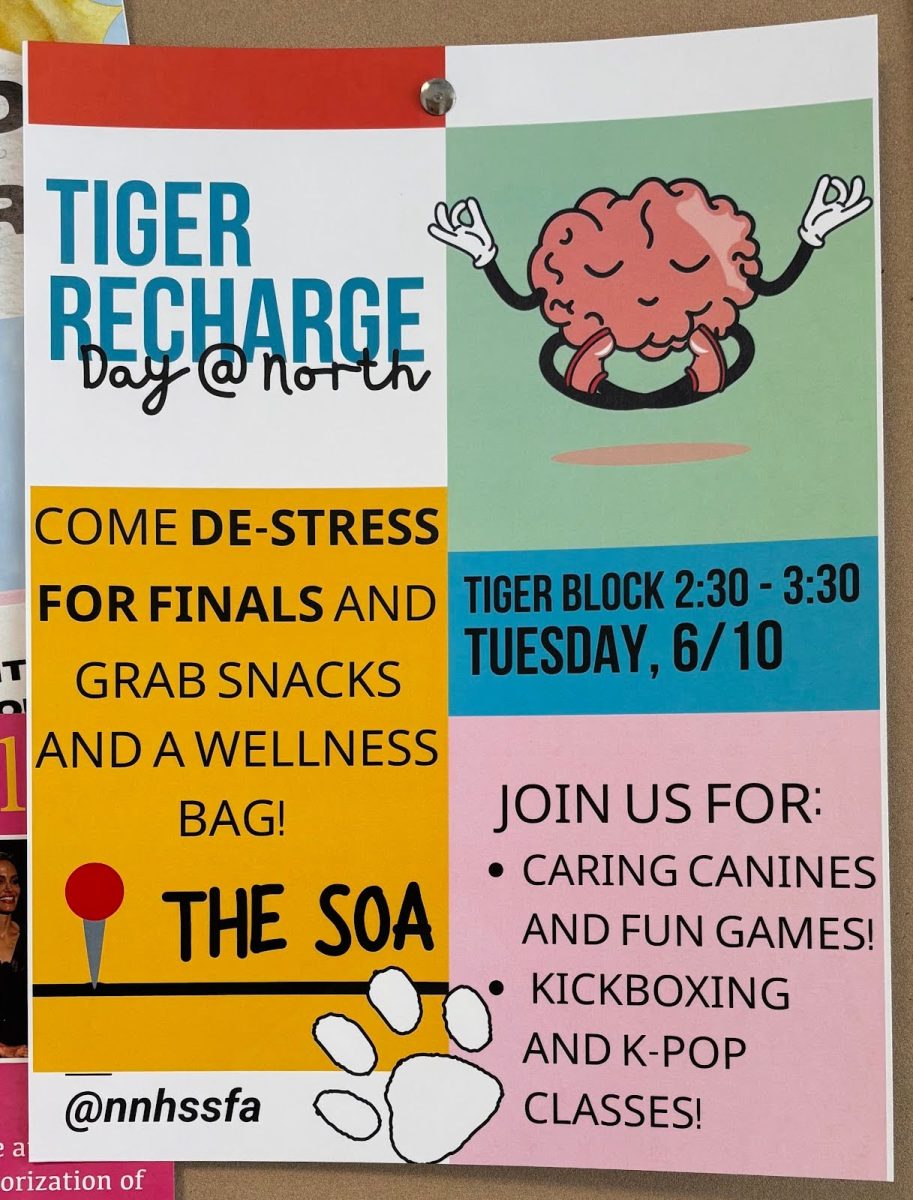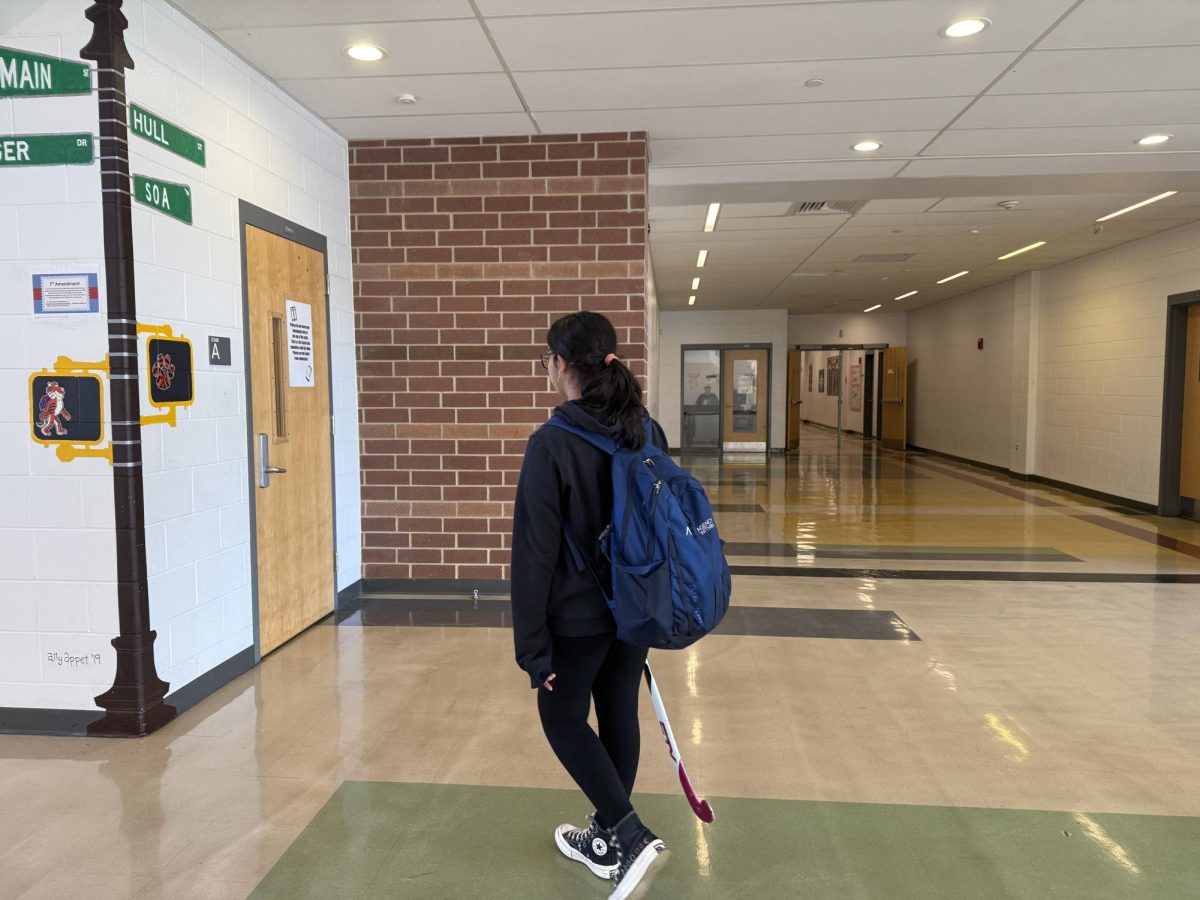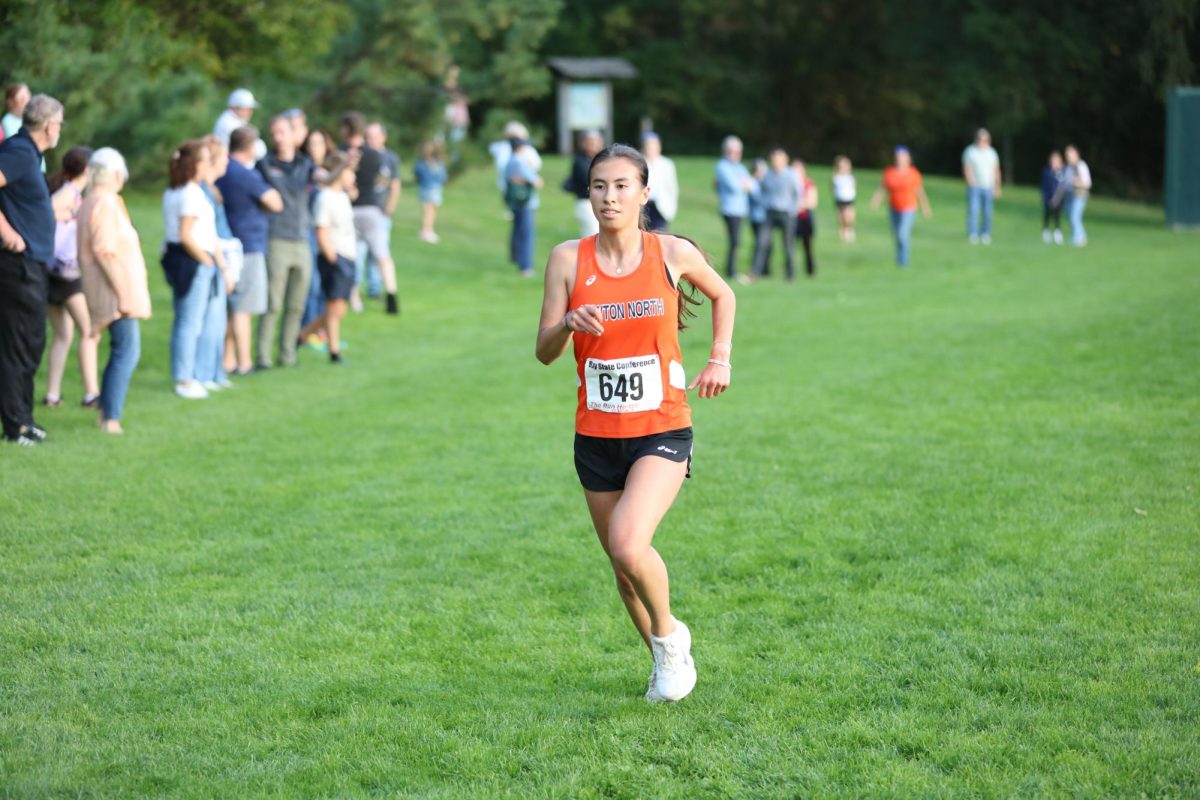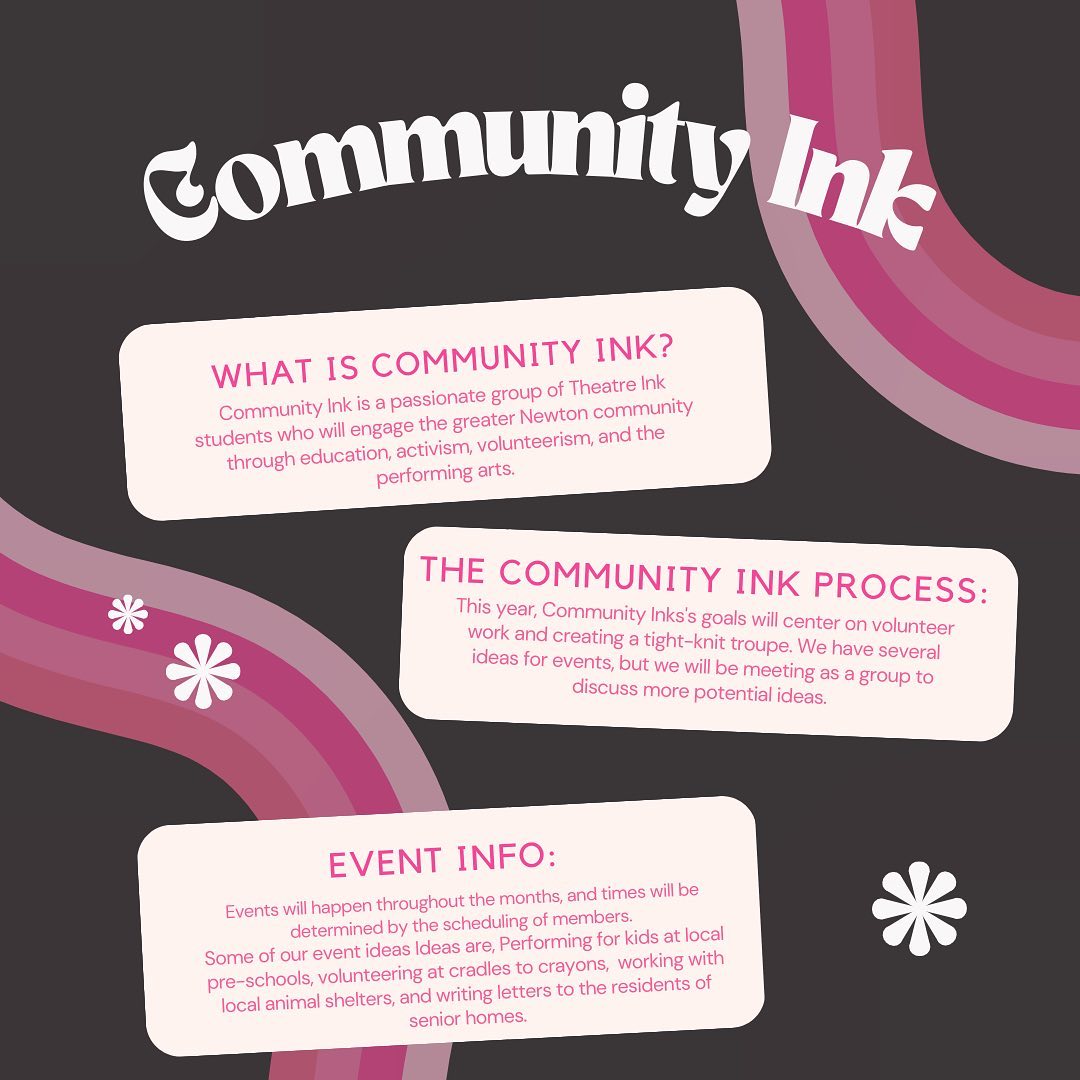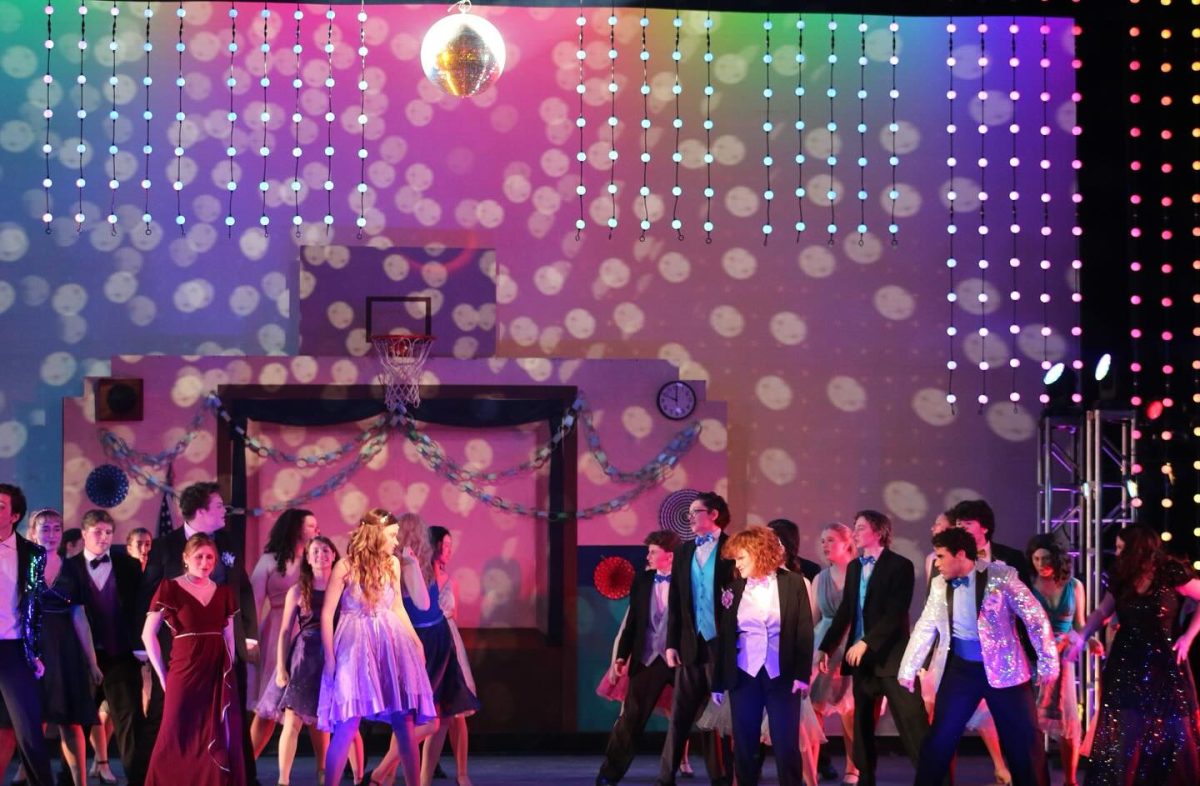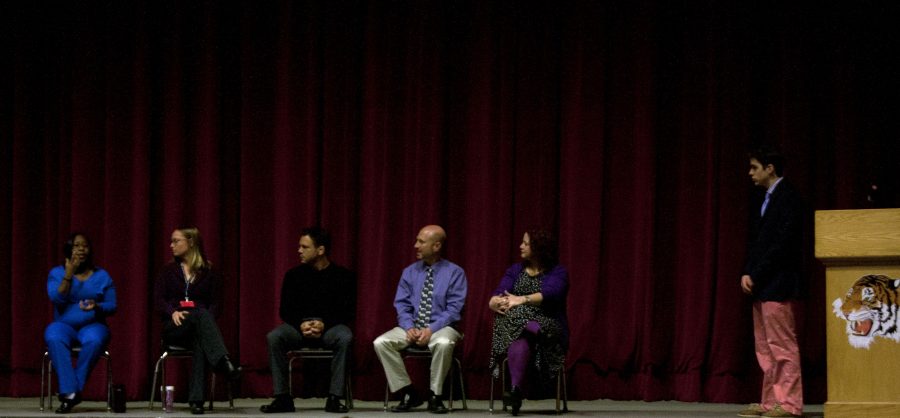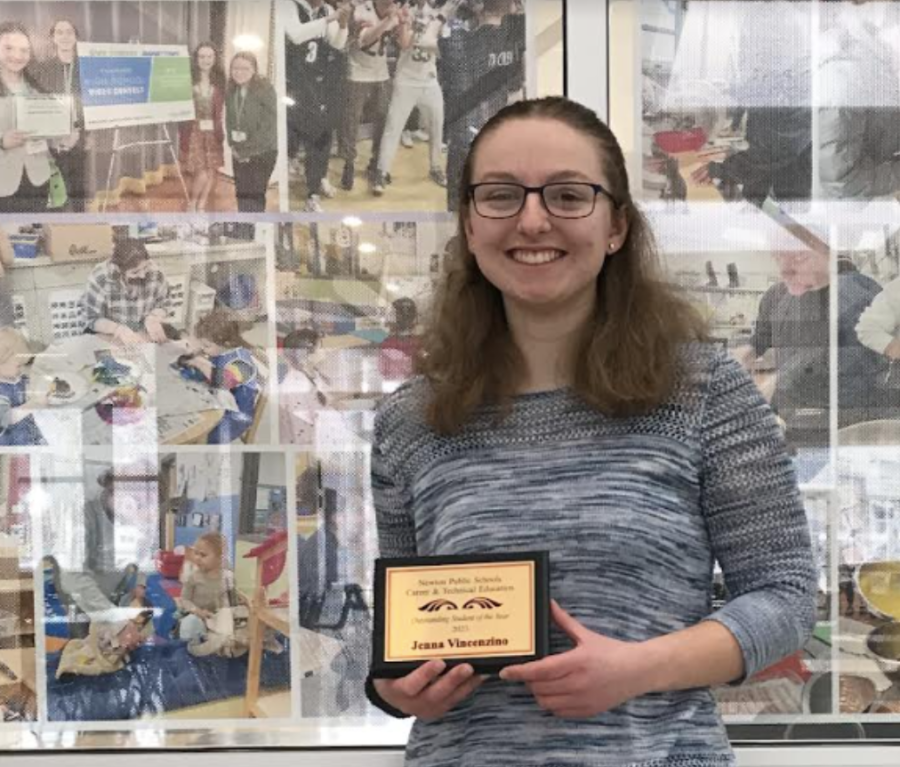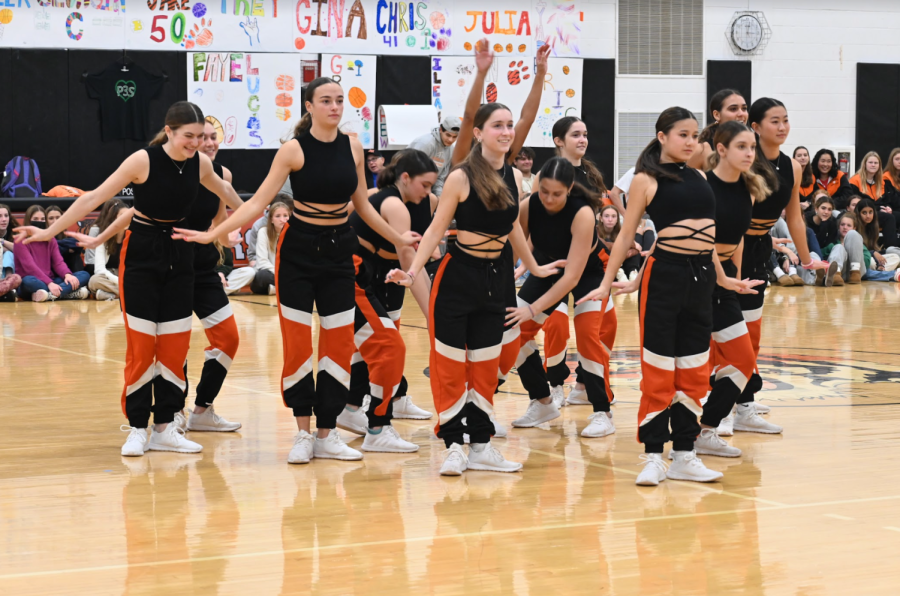by David Kwartler
Senior Jessica Chaikof and junior Melissa Mark discussed their experiences with Cochlear implants today D-block in the Little Theatre as part of Deaf Culture Day. Chaikof aimed to explain “how [my implant] works, the hearing benefits it has, and how it can change lives for the better,” she said.
In addition, Chris Hasson, an employee for Cochlear and a user of the product himself, presented information on how the Cochlear implant works. He explained how the size of computer processors has drastically decreased since the 1970s, allowing hearing aids to have even more computing power. The first models of Cochlear implants were connected to a heavy device hung around one’s belt. Now, the device is only two inches or so in diameter.
Hasson described the process of natural hearing that turns acoustic energy into mechanical energy which “makes the three smallest bones in the body vibrate” with the movement of the eardrum. The way the Cochlear device works involves a microphone on the outside of one’s head and an implanted computer chip within the skin behind the ear. The microphone then converts words and sounds to a computer language. Next, the external device sends the message through FM radio waves to the implant. The internal device then stimulates nerve fibers and sends the message to the brain, allowing completely deaf people to accurately hear their surroundings.
Hasson also described some of the interesting settings on the device, such as a remote which allows you to adjust the volume or a setting that blocks out background noise and focuses on direct soundwaves. This helps the hard-of-hearing to “hear better, even in difficult environments,” he said.
While 25 years ago, hearing implants could help someone to recognize 20% of total words spoken to them, the technology has advanced so that a person with a Cochlear implant can recognize 80% of words in a test setting.
Chaikof detailedl her personal timeline with Cochlear implants. “It was not an easy journey for my family to take,” she said. Chaikof was tested for hearing as a baby and within 24 hours, her parents knew she had difficulty hearing. She only recently found out her hearing loss was associated with Usher’s Syndrome, a genetic disorder associated with deafness and blindness.
Chaikof explained that her older sister was deaf, and was one of the first 200 children in the country to receive the Cochlear implant. Chaikof received the implant when she was 15 months old, making her the youngest child in the country at the time to receive the device. She went to Auditory Verbal Therapy until she was six years old, which helped her to distinguish words and understand the spoken English language. She played a video of one of her sessions as a child, in which her therapist read her through a children’s book and had a casual conversation about the story.
Chaikof ended her presentation with one of her favorite quotes displayed, that one should “Be real with your limitations, but don’t let them define you.” She said that although being deaf is a part of her identity, she considers other parts of herself to be more evident of her true character.
Later, Mark presented a video of herself when she received her second Cochlear implant. In the video, she is surprised when her device is activated for the first time. Mark takes a deep breath before tapping on the xylophone, but joyously explains that “this is so good,” once she hears her new perspective on life.
Chaikof, Mark, as well as other students with Cochlear implants, took questions from the audience for the last portion of the event. In addition, junior Maryah Arzola and sophomore Jamison Smith briefly discussed their experiences prior to receiving a Cochlear device.





